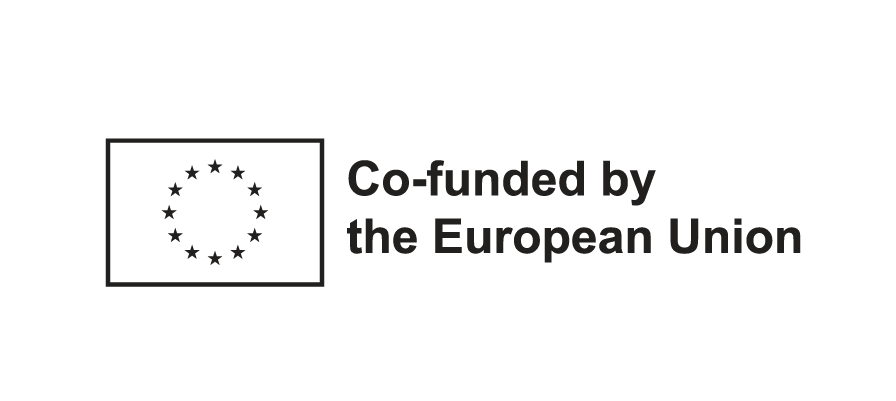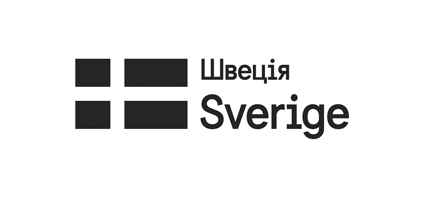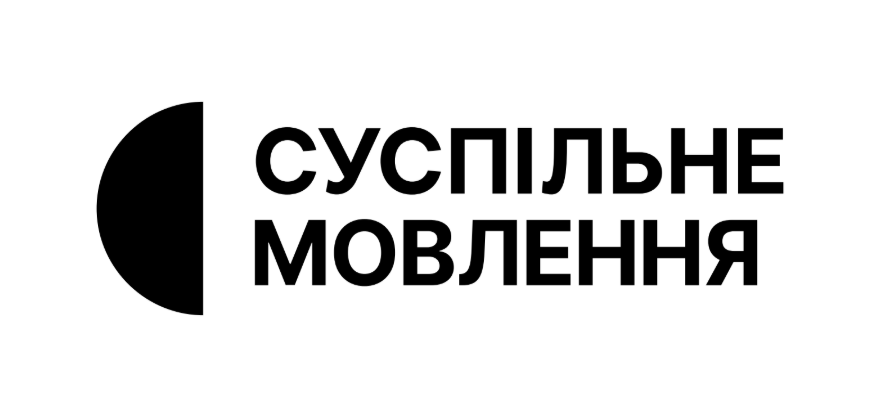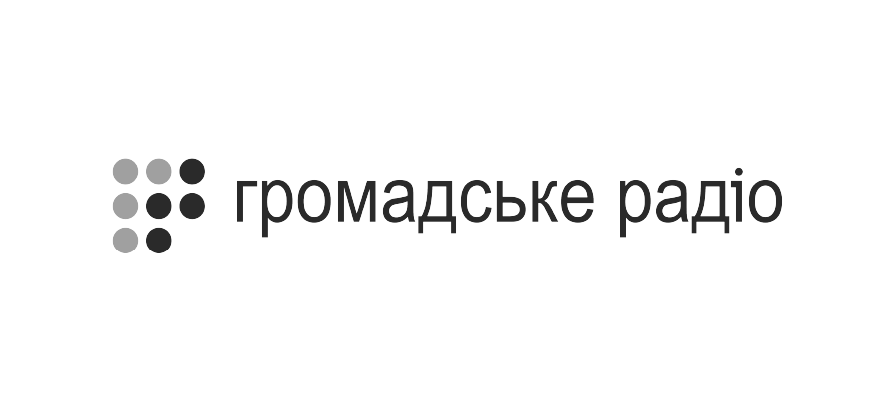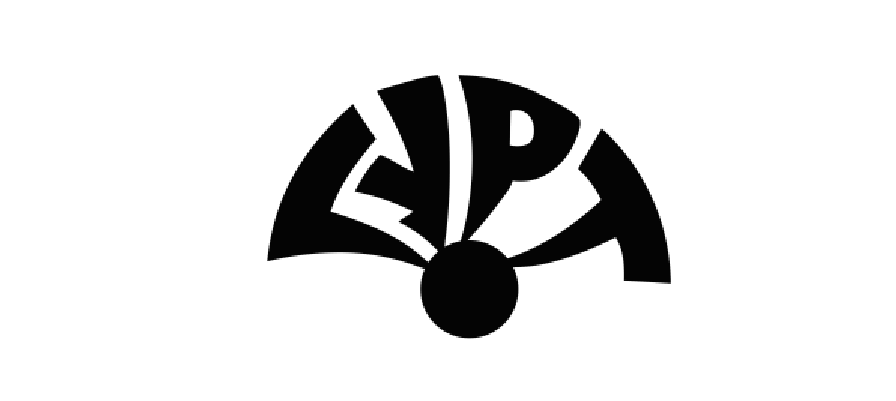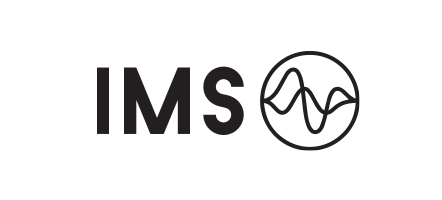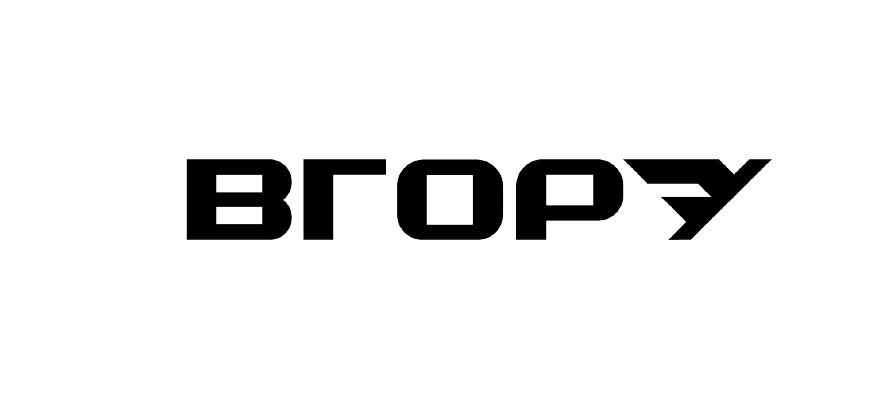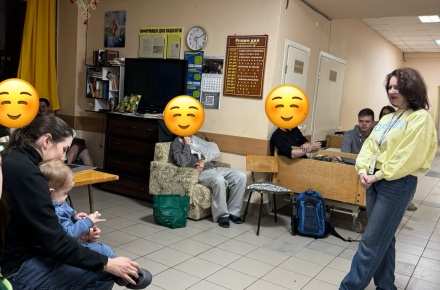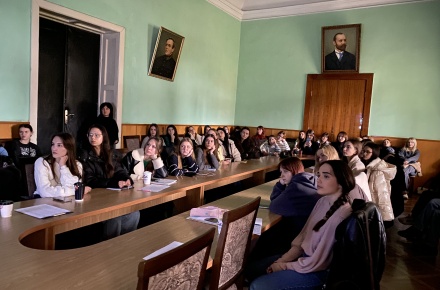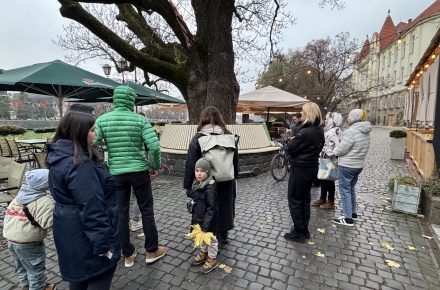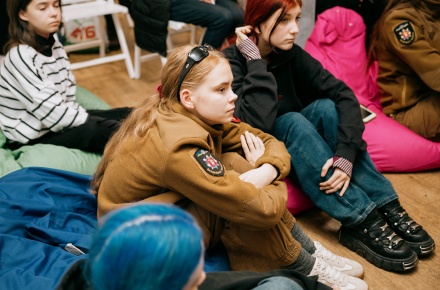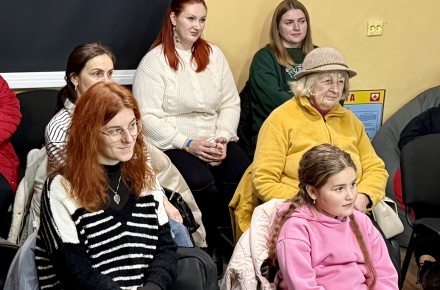Travelling Festival in Kharkiv: From films to conversations about society
Travelling Festival in Kharkiv: From films to conversations about society
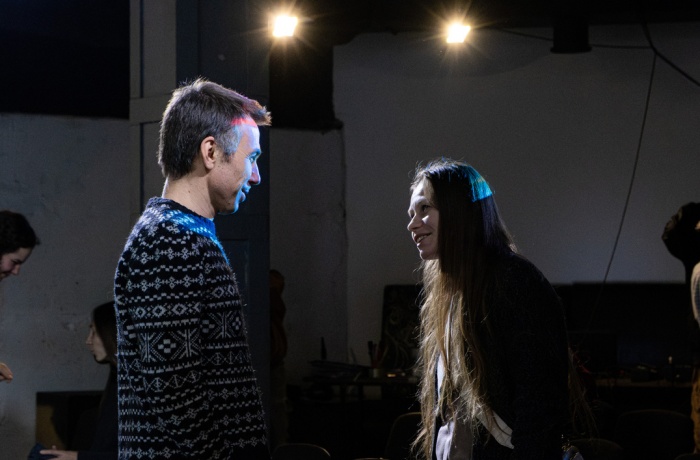
In Kharkiv, the 22nd Travelling Docudays UA International Human Rights Documentary Film Festival has had its opening. As during the main festival in Kyiv, the opening film was Sanatorium by Irish director Gar O’Rourke, a documentary story about life in the legendary Odesa sanatorium Kuyalnyk.
The screening brought together an audience of various ages in the cinema hall: students, artists, cultural figures, volunteers, and people connected to the medical field. After the screening, a traditional discussion took place — emotional, lively, and, as is often the case with good cinema, ambiguous.
Sanatorium as a cross-section of society
The discussion was opened by Dmytro Petrenko, a researcher of visual culture. He suggested looking at Sanatorium as a kind of microcosm of society, comparing it with literary examples: The Magic Mountain by Thomas Mann and The Sanatorium Zone by Mykola Khvylovy.
“Mann depicted Europe on the eve of the First World War, and Khvylovy portrayed Ukrainian society after the revolution. In these works, the sanatorium is a concentration of the era, a place where the spirit of the time reveals itself. In Gar O’Rourke’s film, we see a similar attempt to look into the face of contemporary Ukraine,” noted Petrenko.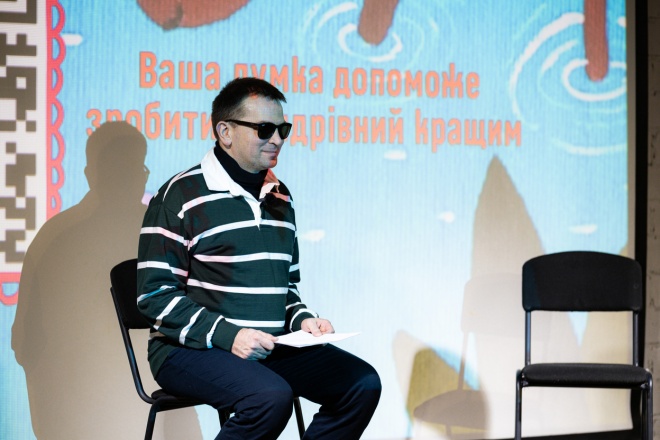 Photo: by Dmytro Baida
Photo: by Dmytro Baida
However, while the classical authors used the “sanatorium” to explore the search for meaning, in the Irish Sanatorium the audience rather saw frozen images of the past. And it was precisely this that sparked a wave of discussion.
Romanticising the past or trying to understand it?
The film, shot in Odesa, portrays the patients and staff of one of Europe’s oldest sanatoriums, Kuyalnyk. The camera focuses on everyday life, habits, conversations, and even the absurdity of certain remnants of the Soviet legacy. For many viewers, it became a source of nostalgia; for others it was a painful reminder of what Ukraine seeks to move away from.
“Yes, we laughed during the screening, but at the same time we were thinking: this is a film shown to an international audience. Is this really how we want the world to see Ukraine?”, one viewer shared her thoughts after the screening.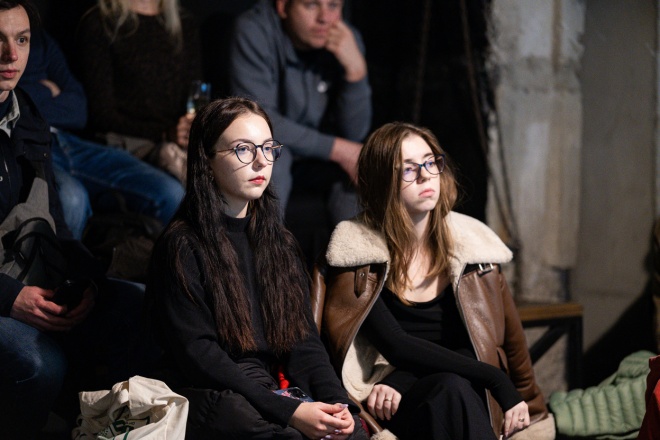 Photo: by Dmytro Baida
Photo: by Dmytro Baida
The audience noted that the film depicts remnants of the Soviet era: old equipment, outdated treatment methods, condescending stereotypes, and even the presence of Russian language with swear words. This raised concerns: does such a portrayal risk turning Ukrainian reality into an exotic “post-Soviet stage set” for the West?
Ukraine which we want to show the world
During the discussion, the idea was repeatedly voiced that Ukraine today is not only about the past but also about the future we create every day.
We are a country that fights and changes: rebuilding infrastructure, switching to the Ukrainian language, developing education and culture, and rethinking our own identity after centuries of imposed narratives.
“Our task is to show the world another Ukraine: one that thinks, feels, creates, and prevails,” concluded one of the screening’s organisers.
The audience agreed that it is worth supporting films that portray Ukrainian society honestly yet with dignity, showing its strength, humanity, and complex transformations.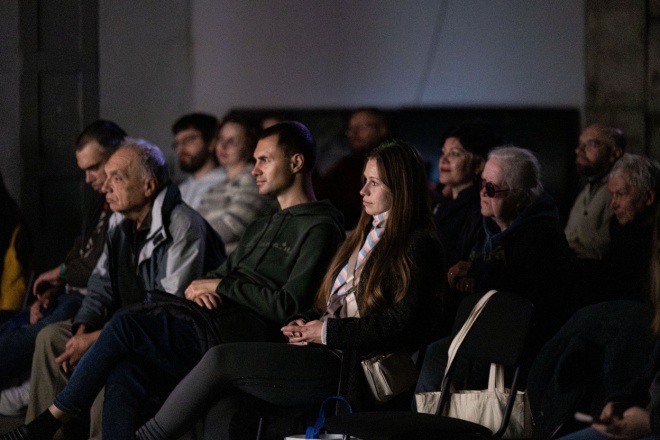 Photo: by Dmytro Baida
Photo: by Dmytro Baida
Such events are a great opportunity for viewers not only to discover new works by documentary filmmakers but also to discuss important social issues in an open atmosphere.
The organisers emphasised that this year, as always, the Travelling Docudays UA creates spaces for communication, dialogue, and inspiration.
Author: Olha Solapanova
The 22nd Travelling Docudays UA is held with the financial support of the European Union, the Embassy of Sweden in Ukraine, and International Media Support. The opinions, conclusions or recommendations do not necessarily correspond to the views of the European Union, the governments or charities of these countries. Responsibility for the content of the publication lies solely on its authors.
